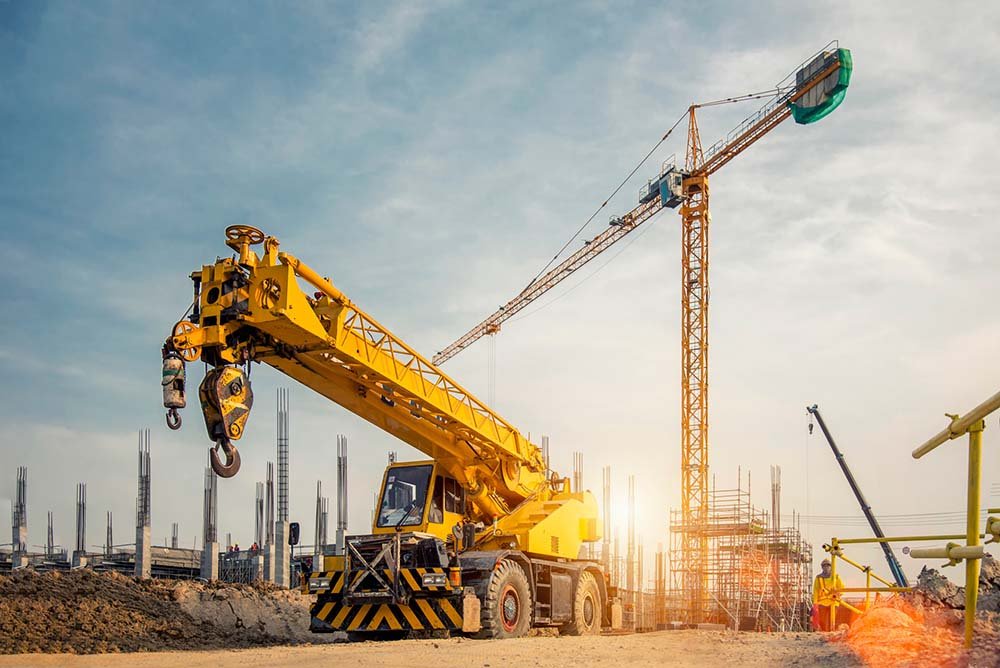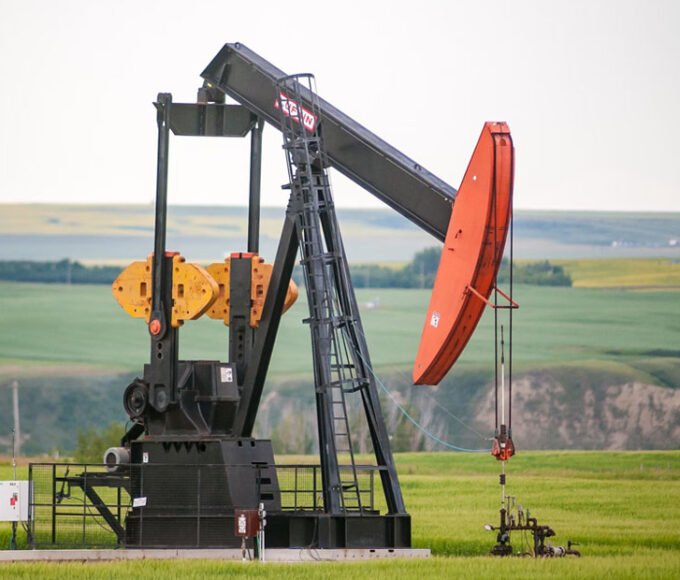In the realm of construction and heavy industry, crane operations are integral to lifting and transporting heavy loads, facilitating the efficient assembly and construction of structures that form the backbone of our modern infrastructure.
However, the operation of cranes inherently carries significant risks not only to the operators but also to the surrounding workforce and the public. That said, this article will explore the essential practices and innovative strategies that are pivotal in mitigating the risks associated with crane operations.
Pre-Operation Safety Measures
- Crane Selection
The critical process of selecting the appropriate crane support is pivotal in ensuring operational safety from the outset. This decision-making process must evaluate several factors: the crane’s lifting capacity to handle the expected loads, the adaptability of the crane to the terrain of the job site, and the suitability of the crane for the planned tasks.
For example, rough terrain cranes are engineered for stability over uneven ground, making them ideal for sites with variable elevation. In contrast, tower cranes, with their superior height and lifting capabilities, are indispensable for high-rise construction projects. This strategic selection is foundational in mitigating risk and enhancing safety.
- Site Preparation
Comprehensive site preparation is a prerequisite for safe crane operations. This entails a meticulous assessment of the site for potential hazards. Key actions include surveying for overhead obstacles, such as power lines that could pose electrocution risks, verifying the ground’s stability to ensure it can support the crane’s operational weight, and mapping out the crane’s movement paths to circumvent any areas deemed unsafe. This phase of preparation is critical in creating a safe environment for crane operations.
- Safety Equipment
The deployment of appropriate safety gear is non-negotiable for crane operators and the rigging crew. Basic protective equipment includes hard hats, safety glasses, and high-visibility clothing to ensure personnel are easily seen on the job site.
For operations presenting a risk of falls or elevated work, additional safety measures, such as fall arrest systems, are mandated to protect workers from height-related injuries. This layer of personal protection is a fundamental aspect of crane operation safety.
- Training And Certification
Rigorous training and certification, when aligned with local regulations and industry standards, effectively secure the proficiency of operators. Comprehensive training programs cover operational techniques, hazard recognition, and emergency response strategies, equipping operators with the skills necessary to manage the crane safely. This education is vital in preparing operators to navigate the complexities of crane operation with an emphasis on safety.
- Inspection Protocols
Establishing a strict inspection regimen is essential for identifying potential issues before they escalate into accidents. Daily inspections should scrutinize the crane for signs of wear or damage, while more in-depth inspections are scheduled regularly to examine its overall condition. Documenting these inspections helps maintain a historical record of the crane’s operational integrity, facilitating ongoing maintenance and safety compliance.

Operational Safety Procedures
- Communication And Signals
Effective communication is the cornerstone of safe crane operations. A system of standardized hand signals and radio communication ensures that all movements are coordinated precisely, particularly in situations where the operator’s visibility is compromised. This communication framework is crucial in preventing accidents and ensuring seamless operation.
- Load Management
Adhering to the crane’s specified capacity and securing loads properly are fundamental practices to avoid overloading and potential accidents. Calculating the total weight of the load, including rigging and attachments, ensures that operations stay within safe limits. This vigilance in load management is a key safety measure.
- Weather Considerations
Weather conditions significantly impact crane operations. Activities should be paused during high winds, lightning, or other adverse weather to mitigate risks. This cautious approach to weather-related hazards is imperative for maintaining a safe operational environment.
- Emergency Procedures
A well-defined set of emergency procedures should be established and communicated to all personnel, detailing steps for immediate shutdown, area evacuation, and responses to incidents such as electrocution or crane collapse. These preparedness measures are vital for effective emergency response.
- High-Risk Operations
Operations near power lines or over-occupied areas necessitate additional precautions, such as employing spotter lines or additional signal personnel, to mitigate risks. These enhanced safety measures address the increased hazards associated with these high-risk activities.
Post-Operation And Maintenance
- Post-Use Inspection
Following operations, cranes require thorough inspection for signs of stress or damage. Prompt identification and remediation of these issues are critical in preventing accidents on subsequent job sites.
- Maintenance And Repairs
Adherence to the manufacturer’s maintenance schedule is essential for the crane’s safe operation. Qualified personnel must perform repairs promptly, ensuring that the crane remains in optimal working condition.
- Documentation And Records
Maintaining comprehensive records of crane operations, inspections, maintenance, and incidents is indispensable for safety audits and investigations. This documentation offers valuable insights for continuous improvement in crane safety practices.
Regulatory Compliance And Standards
- Local And National Regulations
Understanding and complying with local and national regulations governing crane operations is obligatory. These regulations, rooted in industry best practices, are designed to uphold safety standards.
- Certification And Licenses
Operators must have valid certifications, and cranes must be licensed as mandated by law. Regular renewal of these certifications ensures that operators remain informed about current safety practices and regulations.
- Safety Audits
Conducting periodic safety audits identifies potential hazards and areas for safety enhancements. These audits are an opportunity for continuous safety improvement rather than just a regulatory compliance exercise.
Conclusion
It’s a reminder that in the dynamic environment of construction, safety is a constant that must be preserved, urging professionals across the board to champion safety protocols as the foundation of all operations. As the industry continues to evolve, so will the approaches to safety, reflecting a perpetual commitment to protecting lives and ensuring the seamless progression of construction projects.
















